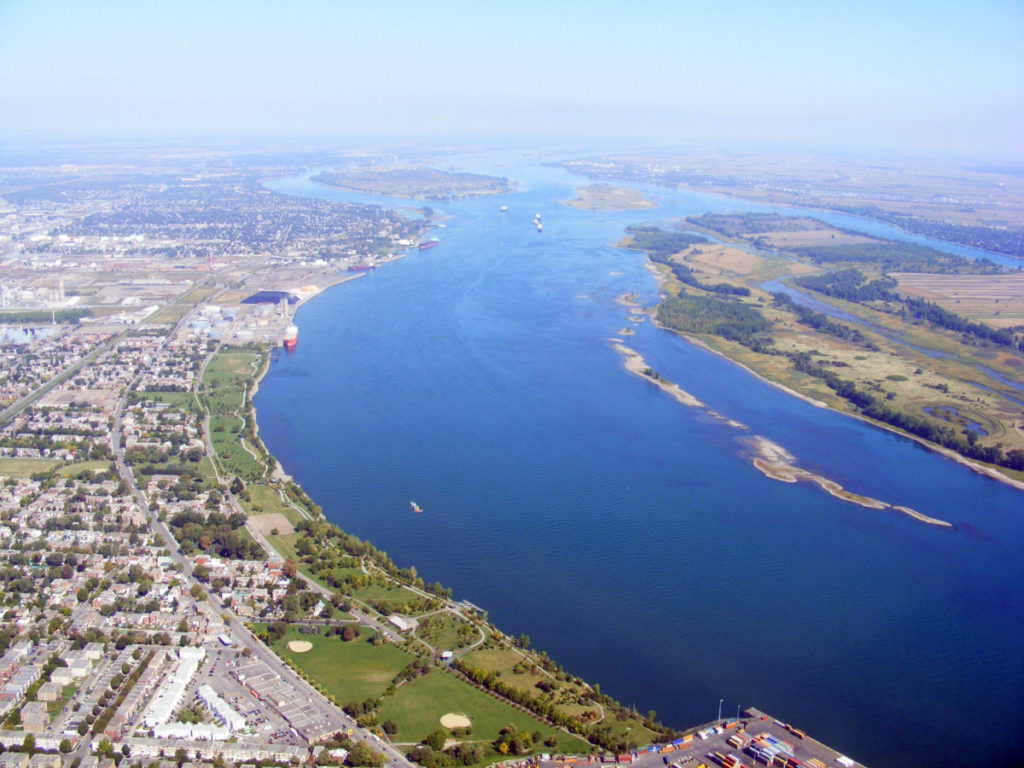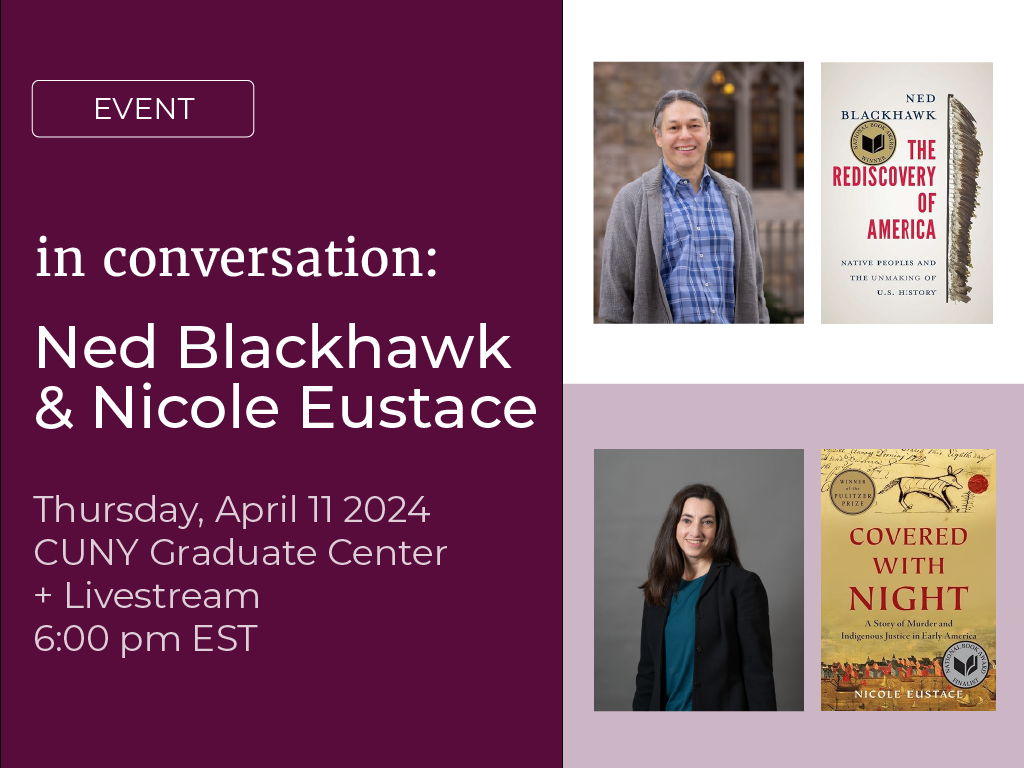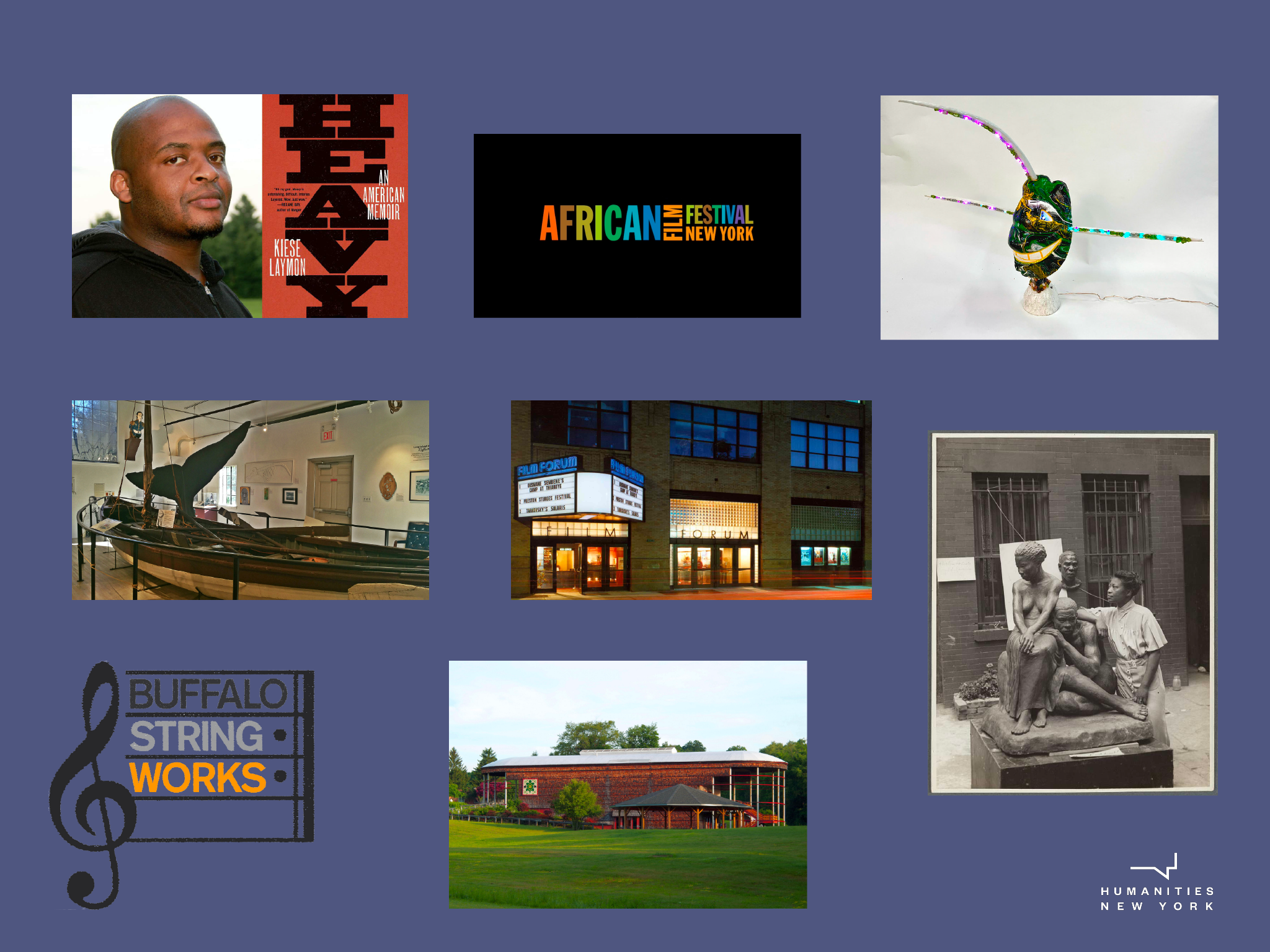“The North Country Art, Land and Environment 2020 Summit,” held this past September, brought together individuals and organizations from across the Adirondack region, using art and the humanities to think about local solutions to a global problem. The summit was organized by Blake Lavia and Tzintzun Aguilar-Izzo of Talking Wings, an environmental filmmaking and storytelling collective, in partnership with St. Lawrence University, which hosted the summit. The project’s planning and implementation phases were funded in part by HNY Vision and Action grants, respectively.
This interview, held in August before the Summit, by HNY’s Joe Murphy, is the second in a series of pieces with scholars and grantees exploring the question of how culture and science relate to one another in our public discourse and how that shapes the environmental movement today. Read the first interview here.
Photo: Aerial view of the St. Lawrence river by Abdallah Hussein
What brought you to your work in environmental humanities and film? How did the mission of Talking Wings bring you into partnership with St. Lawrence University?
The thing that most clarified for us the relationship between film and environmental humanities is education. One of us (Tzintzun) went to St. Lawrence University to study film, but never actually became a film major; instead, they were a liberal-arts student who deliberately crafted their coursework so that they could see film studies as part of a broader humanities tradition. The other of us (Blake) — who was born and raised in Italy and educated at a modern-language school, immersed in history and literature — has a background in art, strictly speaking, but the humanities have always been fundamental to their worldview. This pattern continued during our undergraduate years, Tzintzun at St. Lawrence University and Blake at SUNY Potsdam. Blake started with art proper but gradually moved toward documentary filmmaking, to the point where, now, their focus is almost entirely on documenting the climate crisis and the solutions put forward by ordinary people.
This combination of film and the humanities, especially history, shapes our work to this day. Talking Wings is a storytelling collective that focuses on the environment. Our goal is to use various kinds of storytelling — conferences, summits, conversations, documentary media, contemporary art and dance — to communicate the history and memory of land and water and to work towards concrete solutions to environmental degradation. Our documentaries and public-facing events routinely blend art with history and public memory.
The Summit, NCALE for short, is really a crystallization of our philosophy and public-facing work up to this point. We recently returned to St. Lawrence (after a period of living in Massachusetts) because we wanted to give something back to this community, preferably through a collaborative project with St. Lawrence University. Our purpose has been to tell the the environmental history of the St. Lawrence Watershed, through the prism of several key themes, such as land, water, food production, and social justice. The St. Lawrence Watershed has a very complex history. It’s an enormous region spanning 300,000 acres. The land is Haudenosaunee-Akwesasne, primarily Mohawk territory. Beyond New York State, it expands into the Canadian provinces of Ontario and Quebec and of course, Akwesasne. The part of the Watershed inside New York State contains 11,371 miles of water from all the tributaries that flow into the St. Lawrence River. There’s just so much water here. The region’s history is bound up with that water precisely because so many people depend on it. This is true of the region’s aboriginal inhabitants as well as the settler-colonial communities that, after conquering the land, relied on the waterways for travel and transport of goods to market. In the twentieth century, massive corporations like GM, Renault, and Alcoa used the region’s damworks to power their respective industries, each one polluting the rivers in turn. So, given this history and our eagerness to delve into it with others, we reached out to some of our former professors and to organizations we had worked with in the past, and before long our network in St. Lawrence had expanded to include people and institutions from across the region.
What is the overall objective of the NCALE 2020 summit? What questions did it raise for you?
At this stage, what we’re trying to do is raise awareness about positive developments in the North Country, hopefully setting an example of community development at the regional level. We want people to start thinking about the future in practical terms. It is expected that, in the wake of the pandemic, this part of the state will see an awesome influx of new residents. This, in addition to the fact that the Akwesasne population has been growing rapidly and will continue to do so in the decades ahead. The question becomes, how do you plan for demographic change on this scale? What will the relationship be between people and the natural environment, especially the water, the region’s most valuable resource? How might everyone, natives and new arrivals alike, enjoy those resources without contributing to ecological disaster? We want to include as many people as possible in this conversation, not just students at the local colleges but also entire communities, including the Akwesasne Nation.
A key part of this conversation is challenging what can be called the “doomsday narrative” on climate change, this apocalyptic tone that pervades climate discourse in contemporary mass media. Doomsday rhetoric is employed mostly by corporate media outlets to sow doubt and complacency in the general population. It’s this fatalistic idea that, since human extinction is pretty much “locked in” at this point, we might as well double down on the hyper-consumptive lifestyle that contributed to climate change in the first place. It’s like a perverse variation on that line you hear in TV commercials: “Get it now while supplies last!” Solutions to the climate crisis are almost never mentioned in this discourse. We hear the incessant drum of bad news—Marine life is dying! Polar bears are starving! Invasive weeds are strangling native flora! Solutions are rarely, if ever, put forward. The doomsday narrative systematically denies the proposition that, if humans have contributed to the problem of climate change, they can also contribute to its amelioration, if not its reversal.
Not only is that narrative false, it also obscures the real work that people are doing everyday to discover and activate solutions to the climate crisis. There are solutions to the climate crisis. People all over the world are working hard to create technology that can slow down the systematic destruction of the environment and generally improve humanity’s relation to the earth. The solutions advanced in different parts of the world reflect the unique needs of their respectives community, but there’s no doubt that everyone is working together in the grand context of the climate crisis. We’re hoping the Summit will contribute to a shift away from problem-mongering toward problem-solving. We can start by changing our mentality, individually and collectively, by thinking positively about solutions to the climate crisis, not just the problems.
Our goal is to connect the groups and individuals who are doing this kind of work in the St. Lawrence River Valley, and then cultivate those communities into a broader network that can expand across the country and, we hope, the globe. To this extent, the Summit is just one phase of an ongoing conversation among the people of the North County and between the North Country and the wider world.
Climate solutions are being developed all the time, all over the world, and yet people tend to do this work in isolation, unaware of what other communities are doing along similar lines. We want to make people’s ideas — their work — more accessible to a broader audience, while at the same time building a sense of community and shared purpose. We also want to contribute to a growing sense of momentum in the climate movement, this feeling that things are indeed changing, that people are moving toward a better, brighter future. In this sense, we’re just providing the infrastructure for communities to share ideas and lay the groundwork for concerted action in the future. This is what the NCALE Summit is all about: bringing together people from multiple disciplines and contexts — environmental studies, arts, humanities, community activists — and placing under the same canopy, town by town, region by region.
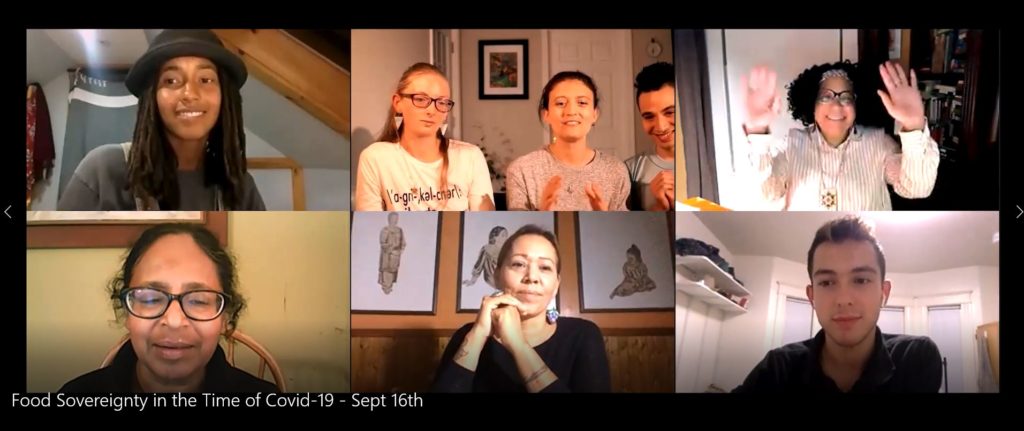
Why is it important to think about local communities and solutions when addressing global patterns? What is unique about the St. Lawrence River Watershed in this regard?
The animating idea here is to strengthen communities at the local level so that they can resist the imperatives of the global market — to imagine and take steps toward creating an agriculture and an economy that works for ordinary people and not just corporations. The paradox of contemporary economics is that, as the world becomes increasingly commodified, the environmental conditions on which the global economy depends break down ever faster. Society is broken down, too; people are divided, socially and politically, unable to resist the human devastation of environmental destruction.
Our emphasis is on repair. We want to repair the bonds of communities in ways that plant the seeds of resistance to global ecological breakdown. The thing is, it’s impossible to start at the global level. To be sure, it’s a global crisis, but holistic societal and environmental repair becomes impracticable, if not impossible, if you tackle something of that scope and scale. Instead, we believe that fundamental change begins at the local level, with individuals acting in unison, first in their own communities, and then on ever-larger planes of resistance. When people engage with their own communities and create networks of support, then they discuss and implement practical solutions that reflect the community’s actual needs rather than the demands of the global market.
Words like sustainability and revitalization get bandied about quite a lot in the corporate media, which contributes to a kind of cynicism about them, an emptying of content that is consistent with the doomsday narrative. But at the local level, with regard to things like regenerative agriculture, sustainability and revitalization are real, tangible goals that not only can be realized, but that contribute to this all-important sense of momentum, of turning the tide against the doomsday narrative and all that it represents. You can’t solve everything at once, but you can build momentum toward global solutions, town by town, region by region, nation by nation.
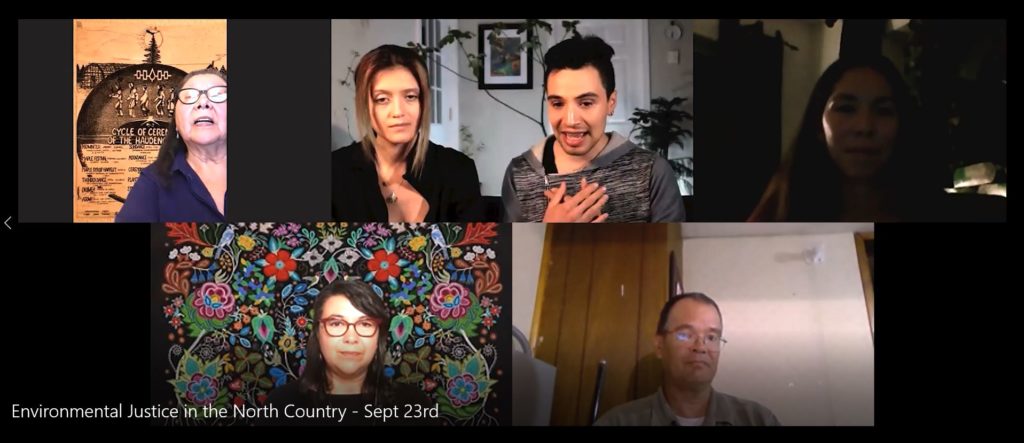
Why is it important to consider issues like the climate crisis historically?
If you’re like us and you’re trying to imagine the future, then you absolutely must know and use history. History and cultural memory are essential building blocks for a forward-looking, community-building project like ours. You simply cannot move forward with confidence if you lack a basic grounding in history. We don’t mean to imply that history “repeats itself,” but we do think that history imparts lessons about human behavior and societal patterns. You develop a kind of wisdom when you study history, and when you apply it to contemporary climate resistance, it gives the current work a weight rooted in precedent. There is a kind of legitimacy bestowed on these projects vis-a-vis continuity, when you situate climate pushback in the context of centuries-old traditions, some of which are dead, others of which are very much alive and kicking.
Of course, you’ve got to work hard to distinguish actual history from the myths and misinformation, the twin pillars of the doomsday narrative. The dominant narrative about U.S. history, the one we all learn in school, was written from the perspective of colonizers, or at least the descendants of colonizers — the very demographic that peddles doomsday narratives today. That story is closely entwined with national myth, sometimes indistinguishably so, as we’re all coming to understand. Contrary to that story, our history is one of conquest, genocide, division, and exploitation. What we and our collaborators and countless other communities in New York State and elsewhere are doing is recovering the “hidden histories” occluded by that standard narrative. We’re looking carefully at cultures and traditions pushed into the background by settler colonialism and thinking hard about the lessons they impart for sustainability, revitalization, and general optimism about the future.
Members of the Akwesasne community are a key part of your audience, and issues of environmental justice central to the project and that community. What can people learn from the Akwesasne experience about the links between environmental history, justice and ethics?
First, we should acknowledge that neither of us are native to the region, having grown up in Mexico and Italy, respectively. But we’ve learned a great deal about Akwesasne history and culture by speaking with people and reading historical documents. It’s a truly humbling experience to have a tradition like that passed down to you.
The history of the Akwesasne Mohawk is unique, of course, but it also fits into general patterns of North American and global history since 1500. The Akwesasne Mohawk have been defending their treaty rights against the federal and New York State government for generations. Their many victories for environmental justice are important in their own right, but they also exemplify the kind of institutional, spiritual, and intellectual momentum we need for a better future to be realized. Akwesasne environmental standards are far more stringent than those for New York State and certainly the federal government. They have a strong record of protecting their community from PCB’s and other contaminants associated with industrial farming. In several recent lawsuits, they’ve succeeded in holding to account polluters like GM, Monsanto, and Alcoa. They’ve used money from these suits to provide key services to their communities and force companies to clean up the tributaries of the St. Lawrence River.
One ongoing project is the cleanup and revitalization of the Grasse River, whose bed was dredged by large companies who wanted to streamline the water flow. The companies eventually covered up the contaminants in the river bed, but in ways that failed to keep the chemicals from seeping back out and into the water supply. So now the Akwesasne are using new methods to decontaminate and revitalize the riverbed, including, fascinatingly, the use of freshwater mussels to feed on the biomass. It’s the second such project in the Northeast. A few people who are working on it will participate in our regional Summit to share information about the project.
The Akwesasne are now at the point where they are able to buy back huge swaths of land — a controversial notion, to be sure, given that the land was theirs to begin with. Their example contradicts the settler-colonial image of indigenous communities as perennially oppressed peoples, divided and powerless before the march of “progress.” This is yet another pillar of the doomsday narrative. Contrary to that view, they demonstrate that indigenous peoples—indeed, all minority communities — have real agency in the climate fight, real power to change things on a structural level. Even after a brutal history of conquest and violence, the Akwesasne have managed to preserve an ecological tradition that centers sustainability and revitalization. They have cleaned their rivers and restored life to their communities. If they can do it, then imagine what all of us can do together, as an ethnically and intellectually diverse community? They are an example to us all. It is a history that should be taught in our schools.
How has the pandemic affected your planning for the Summit, conceptually as well as practically? What advice would you give to other organizations planning a conference of this scale?
At first it was a real setback. Initially we had planned for six in-person events, one of which was a full-day workshop on organic farming and preservation, with a concluding roundtable discussion. After the lockdown, we knew that none of this would be possible, that we would lose the dynamism of in-person programming. This was a real problem, not only in terms of project implementation, but also because the pandemic seemed likely to dissolve the social bonds we were trying to strengthen.
We adapted quickly, realizing that we had the technology for a public-facing virtual event. We could use digital platforms to reach as broad an audience as possible, in ways that were unimaginable before the lockdown. We reduced the number of events from six to four, and reframed our discussion in the light of the public-health crisis. For instance, we already had a panel on food production lined up, but now we’re going to talk about the ways Covid has disrupted markets for industrial agriculture. Similarly, we’ve added a panel on environmental justice in the North Country in light of this summer’s uprisings over police brutality and systemic racism. We’re happy with the balance we’ve struck between the local and the global, between the universal experience of climate change and the particular solutions developed in the North Country.
Our main events will take place on Zoom, but we’ll also stream them live on platforms like YouTube and Facebook. Of course, Zoom and other communications technologies have their limits. Not everyone has access to the internet, and we all know that social media erects as many barriers to civil dialogue as it tears down. But our hope is that we can mitigate the intrinsically divisive qualities of social media and use this technology to bridge gaps and share ideas.
Finding common ground on climate science and/or pandemic science requires not just better communication but a restoration of trust, too — between individuals, groups, and the institutions that represent them. How do you think ordinary people might contribute to that restoration of trust?
The first step toward rebuilding trust is for individuals to get involved in public life, to take responsibility for things that we’ve long assumed would be handled by our institutions. Institutions are only as effective as people make them. For far too long now, people have delegated responsibility for environmental stewardship to state and federal authorities, and while those authorities often do good things, they are no substitute for active civic engagement or local, rooted knowledge of one’s community. Now is the time to learn about and engage with those institutions, to work through them so as to bring about the change we all know is needed.
Reaching consensus is neither possible nor desirable. Indeed, diversity of opinion actually militates against conformity of thought and tyranny of the mob. Our priority with this project and future ones is to foster dialogue. At the very least, you should be open to engaging people with whom you disagree. It takes courage to reach out and communicate with others. But it’s the very act of reaching out that can kick-start the process of trust-building.
And this has to happen on a personal level: you have to incorporate another person’s life, their thinking and their material circumstances, into your own vision of a shared community and a common future. It’s very similar to what we said before regarding local versus global approaches to climate change: the strongest and most effective coalitions begin at the human level and gradually expand to encompass ever greater portions of the globe. The same principle applies here: wide-ranging, productive dialogue in our society depends on trust, and to build trust, you first have to make human connections, at a personal level. Only then can you begin to agree on the basic questions, before building bridges and talking strategy as the dialogue continues.
Climate change may be a global crisis, but the dialogue that gets us thinking about solutions is actually quite local and personal, as we’re discovering here in the North Country.
Interview by Joe Murphy, Humanities New York.
Keep up with HNY —get the newsletter!

Blake Lavia and Tzintzun Aguilar-Izzo are part of Talking Wings, an environmental filmmaking and storytelling collective. They are currently working on “Burning or Breathing: A Series about Regenerative Solutions.” The multimedia project follows Earth Guardians from across Turtle Island/North America as they create a sustainable and restorative future. Talking Wings stands in solidarity with the communities and indigenous nations on the front lines of this climate emergency. Their films and works of art/resistance call for a renewed consciousness for the land, its inhabitants, and their collective memory.
In the Fall of 2020, Blake and Tzintzun organized the North Country Art, Land and Environment Summit. During this month-long series of events, community members from the St. Lawrence Watershed (Haudenosaunee Territory) came together to discuss regenerative solutions for the climate crises. The Summit featured a series of outdoor exhibitions and online panel discussions. Throughout these vital conversations, the environmental future of the St. Lawrence Watershed was highlighted.
Previously, Blake and Tzintzun also collaborated together on Memory Flow / Water of Boston. The project explored the layers of history hidden under the Quabbin Reservoir, source of Boston’s drinking water. During this project, Tzintzun and Blake coordinated multiple exhibitions and organized a weekend-long conference/conversation with native elders. Tzintzun and Blake’s short films and installations have been exhibited in a number of venues, such as the Centro per l’Arte Contemporanea Luigi Pecci, The ROAR Magazine, the Richard F. Brush Art Gallery, the TAUNY Center, the Godine Family Gallery/MassArt, and the K&P New York Gallery.
